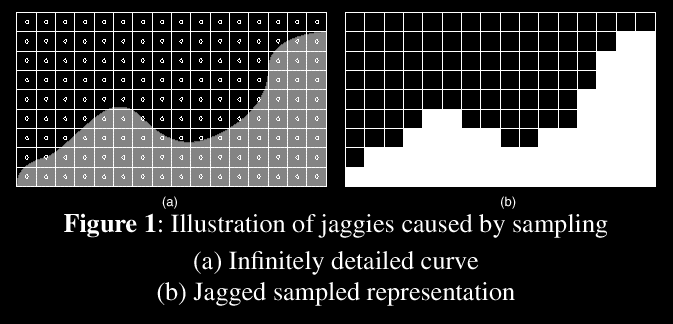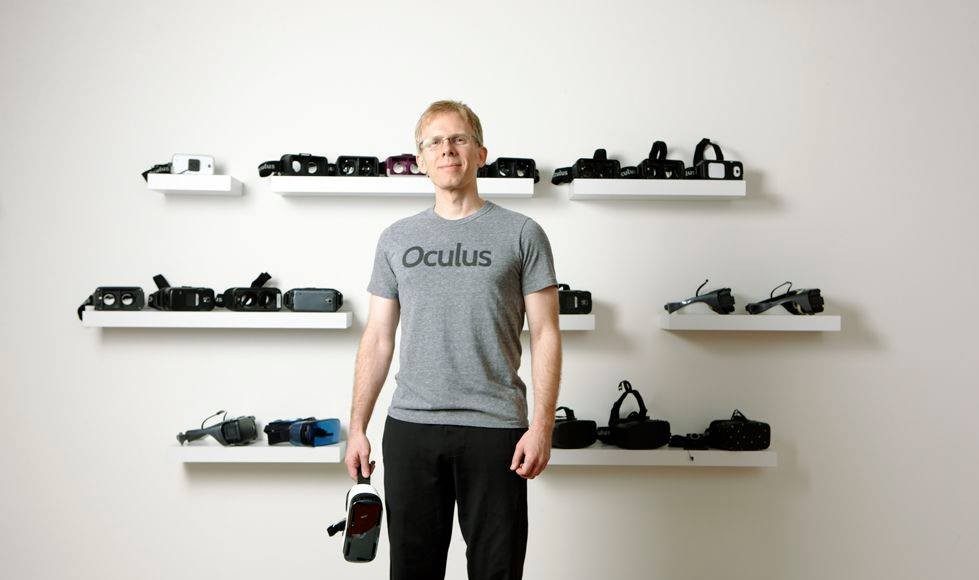Oculus CTO John Carmack is an OG of the game development world has demonstrated a deep understanding of the ins and outs of computer rendering. In a detailed technical post published on Facebook, he shares a useful tips with VR developers which explains how to avoid ‘aliasing’, a common CGI artifact.
Aliasing, when it comes to 3D rendering, often manifests itself as apparently jagged edges in virtual scenes. When moving across the pixels of the display, these edges appear to flicker as the computer has to decide which of the screen’s finite pixels the line should be drawn upon, and so the line is essentially jumping across the pixels imperfectly as it moves.

Anti-aliasing is any method which attempts to reduce the effects of aliasing. There are many different approaches, like the generation of ‘mip maps’ for textures, which Carmack says is “missed by so many titles it makes me cringe.” He goes so far as to say that “Not using MSAA should be an immediate fail for any app submission [to the Oculus store].”
See Also: Oculus Shares Optimization Tips for Unity-based Gear VR Projects
In his post published on Facebook (below) he breaks down the best practices for anti-aliasing in VR, with a focus on mobile VR applications as seen on Samsung’s Gear VR (which runs the Oculus Home store), a project on which much of Carmack’s attention is focused.







